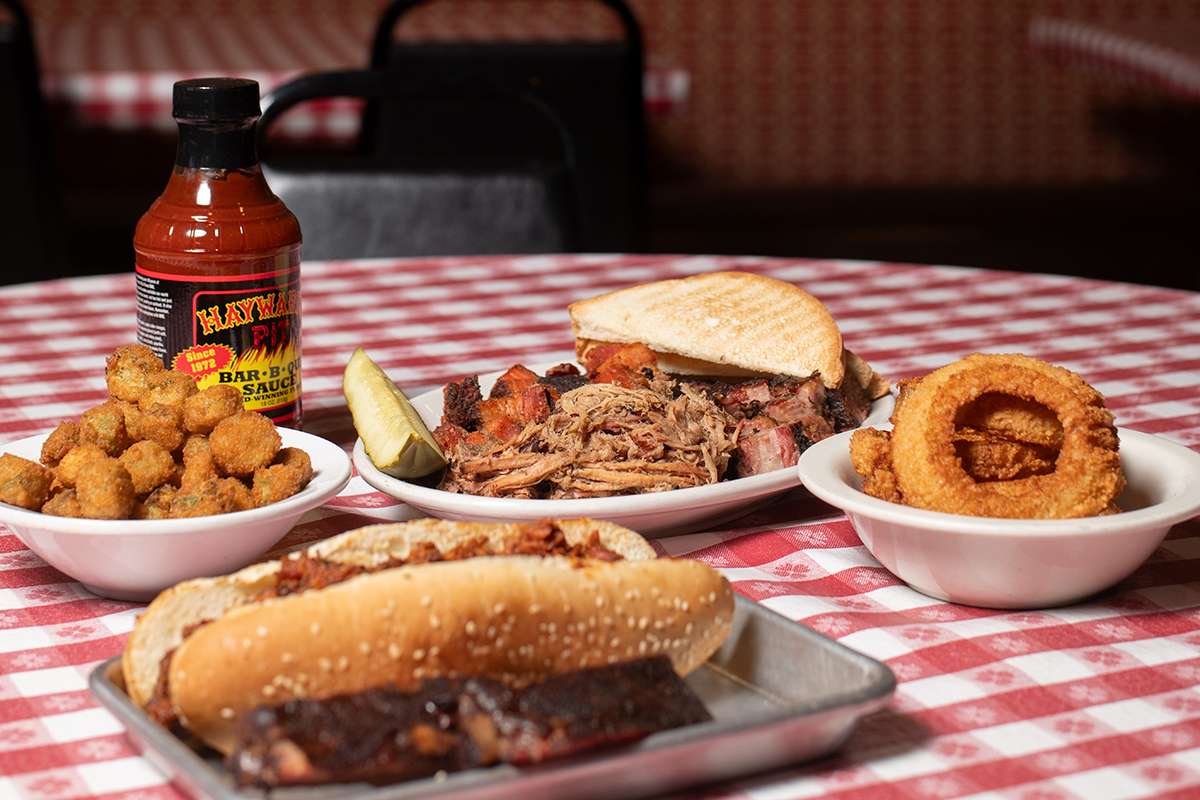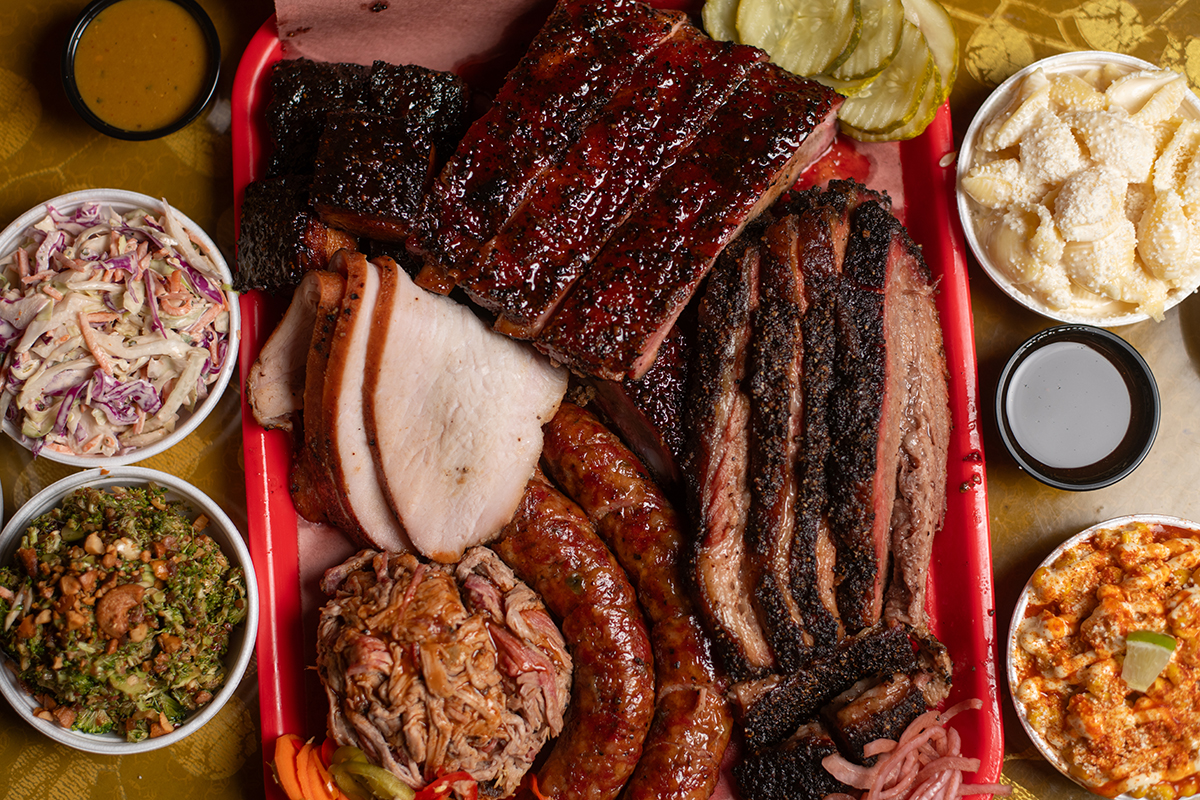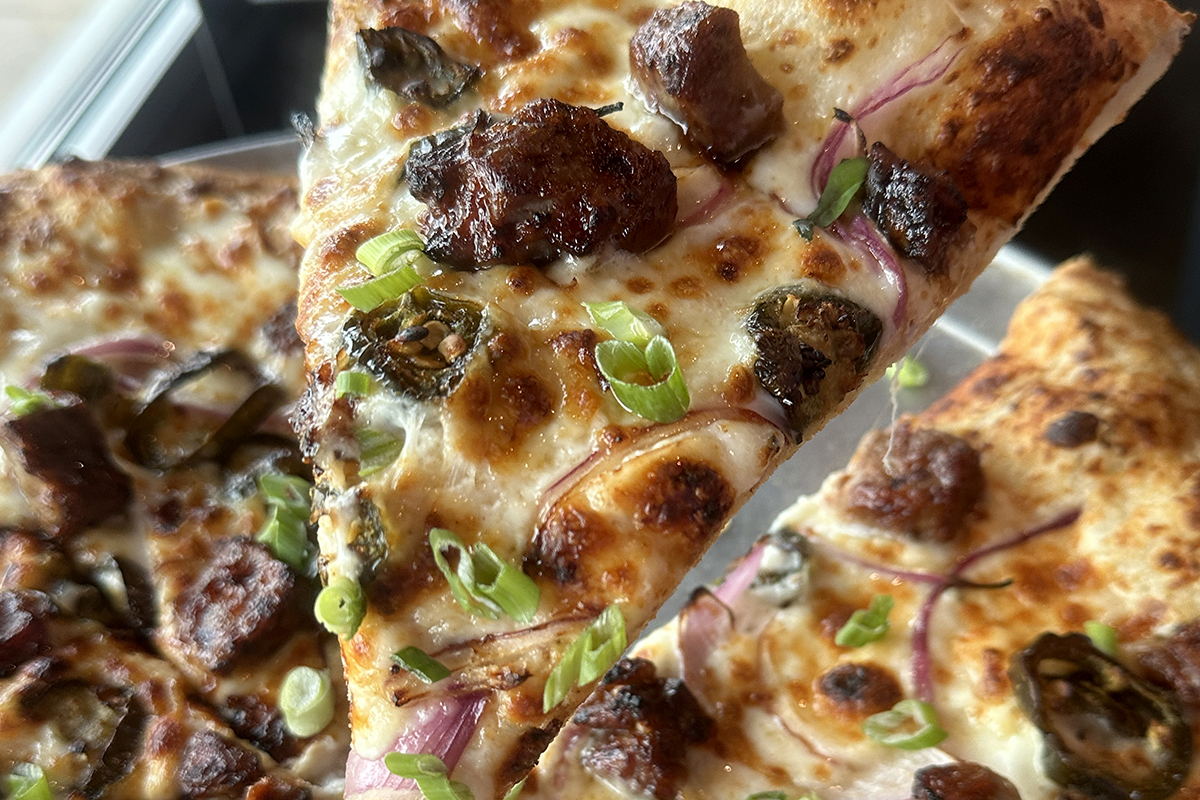For a while now, I’ve been collecting every local history book I come across. After a year of acquisitions in anticipation of this issue, which marks the centennial of this city as we know it today, I thought I had a pretty good library.
Then I walked into the Missouri Valley Room.
If you’re half as nerdy as me and haven’t been up to the fifth floor of the downtown library to see the massive trove of local history books, you need to go. Tomorrow. Inside, you’ll find everything from local historical fiction like Gully Town to a deep look at Truman’s Grandview farm and a beautiful tome dedicated to the cradles used by native peoples on the Great Plains.
It was a little daunting to see while working on this issue, a dive into some of the most interesting people, trends and places from the Jazz Age in Kansas City. People much smarter than me spent years investigating the economics of Fort Pierre Chouteau and the political opinions of Laura Ingalls Wilder.
Official histories of the city usually point to its founding as the Town of Kansas in 1838 or its official incorporation in 1850. But in those early years, KC wasn’t really KC. The city we know today really started taking shape in 1920.
This month, we set out to give you a little taste of Kansas City in the twenties. Today, it’s thought of as a laid back, politically moderate, very family friendly city with elegant boulevards and the friendliest people anywhere. A century ago, KC was a much edgier place.
While the rest of the country chafed under Prohibition, this wide-open town simply ignored the recently amended United States Constitution and kept on swilling. That not only funded organized crime and made the city a vice capital, but fueled a golden age of arts and culture.
This area was home to hatchet-wielding Prohibitionists and a socialist mega publisher that shocked the delicate sensibilities of lagging coastal folks. A local fashionista was the Lily Pulitzer of her day, wildly popular for making everyday clothing for stylish middle-class women. The jazz scene, while not yet fully bloomed into bebop, was already nationally significant. The first barbecue stands in the city were popping up, selling smoked meats the city is famous for. The top sports team in the city was the newly formed Kansas City Monarchs, the kings of the Negro National League.
We hope the feature package in this issue gives you a little taste of the twenties, and inspires you to dig deeper into the fascinating history of this very special city. I humbly suggest starting at the downtown library — just reading the titles lining those shelves is sure to leave you curious and awed.






